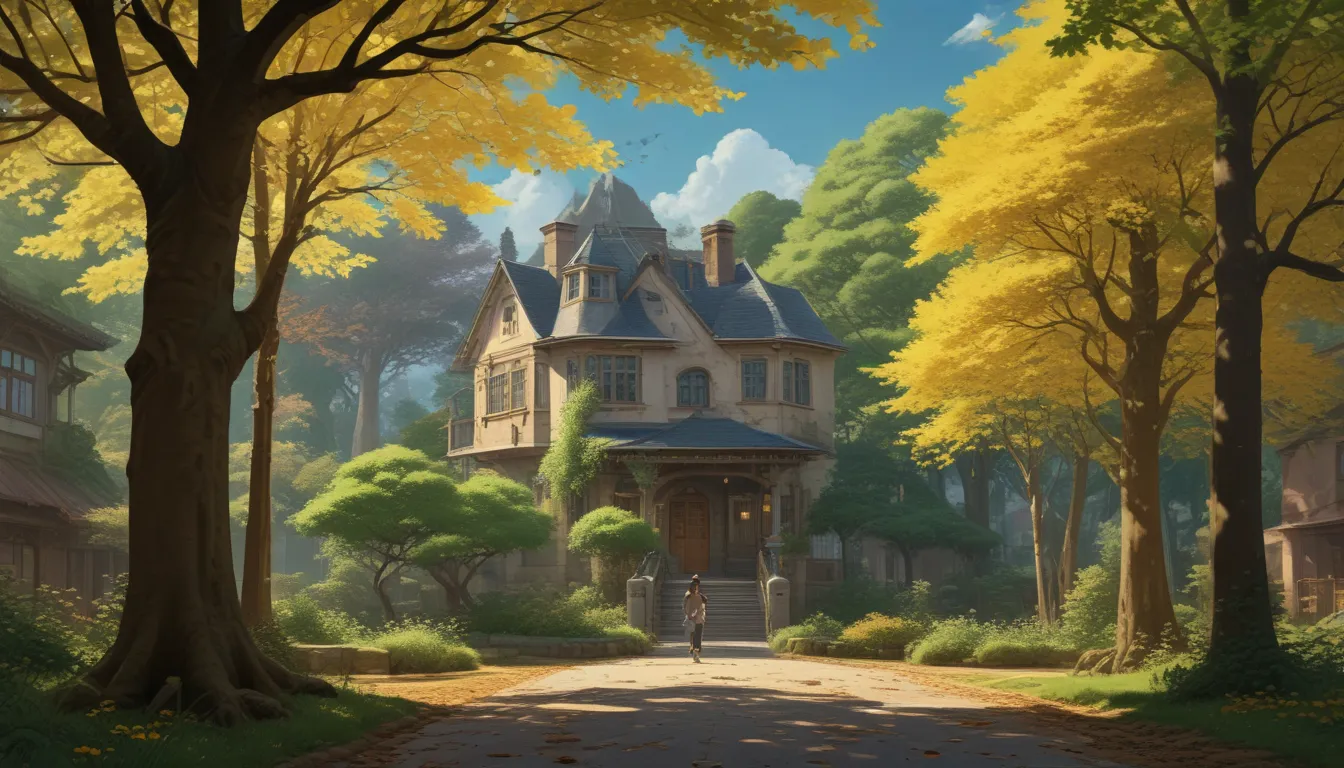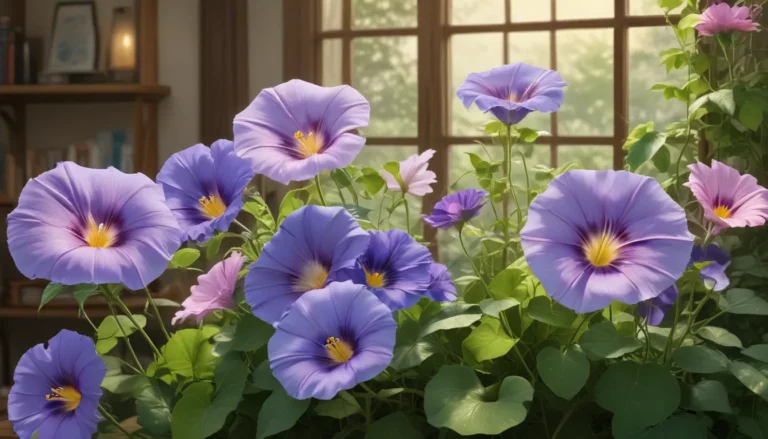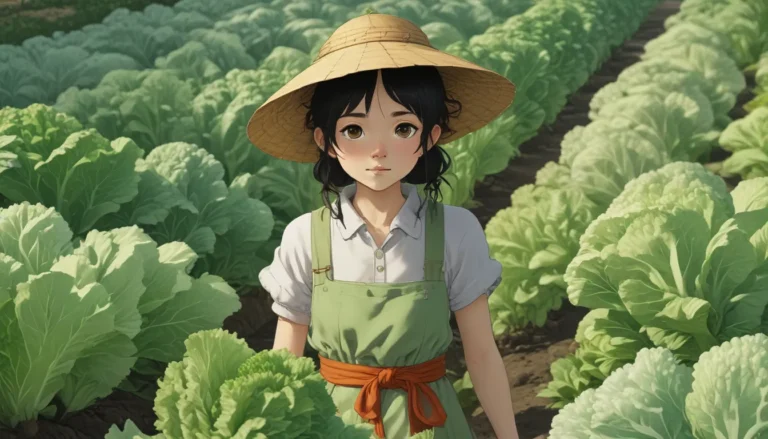Exploring the Distinctions Between Male and Female Ginkgo Trees

Are you considering adding a ginkgo tree to your outdoor space? Don’t forget to think about an essential factor in choosing a Ginkgo biloba: its gender.
When it comes to plants, we often forget that they also have male and female characteristics. Ginkgos, in particular, are dioecious, meaning they have separate male and female plants. This distinction is crucial in the world of ginkgo trees, unlike many other dioecious plants where males and females can be used interchangeably in a landscape setting.
Let’s dive into the details of male versus female ginkgo trees to help you make an informed decision for your outdoor space.
What You’ll Learn
- A Brief Introduction to Ginkgo Trees
- Similarities Across All Ginkgos
- Differences Between Male and Female Trees
- Making a Decision
A Brief Introduction to Ginkgo Trees
G. biloba is a deciduous tree that thrives in USDA Zones 3 to 9, reaching heights of 50 to 80 feet with a spread of 30 to 40 feet. Its fan-shaped leaves turn a beautiful yellow in the fall, providing shade during the warmer months.
Known as “living fossils,” ginkgos have remained largely unchanged since the time of the dinosaurs. They are resilient trees with a high tolerance for various environmental conditions, making them ideal for urban and landscape settings. Ginkgo trees are valued for their ornamental beauty and adaptability to different soil types.
Similarities Across All Ginkgos
Apart from the reproductive structures, male and female ginkgo trees do not have distinct physical differences. It can take up to 20 years for a ginkgo tree to reach a stage where its gender can be identified visually. Reliable nurseries will label the trees based on their gender, ensuring you know what you’re purchasing.
Differences Between Male and Female Trees
Male Plants
Male ginkgo trees form clusters of green catkins in the spring, which produce pollen. The wind carries this pollen to female ginkgo trees for pollination, leading to seed production.
Female Plants
Female ginkgo trees develop olive-sized ovules that catch the pollen carried by the wind. Once fertilized, these ovules produce seeds with a distinctive scent upon release that can be unpleasant.
In rare cases, ginkgo trees can change their sex if no opposite-sex trees are nearby. This intersexual behavior helps ensure reproduction in isolated trees.
Making a Decision
For those looking to add a ginkgo tree to their landscape, opting for a male tree would be ideal due to the unpleasant scent associated with female trees. However, breeders or those interested in seed production may require female trees for their landscapes.
Managing Female Ginkgo Trees
For those with unwanted female trees, there are growth-regulating sprays available to prevent fruit production. These sprays can help manage the messiness and odor associated with female ginkgo trees.
While managing female trees is possible, complete removal may be the best solution for those sensitive to the smell and litter produced by the fruits.
A Battle of the (Ginkgo) Sexes
Similar to the teenage boy’s battle with body odor, male ginkgo trees take the win for being less smelly compared to their female counterparts. It’s a small victory that deserves recognition!
Do you have any questions or comments to share about ginkgo trees? Feel free to drop them in the comments section below.
Looking to explore other shade trees for your outdoor space? Check out these informative guides:
- How to Grow and Care for Japanese Zelkova Trees
- How to Grow and Care for Magnolias
- 25 of the Best Ginkgo Biloba Cultivars for Your Landscape
As you consider adding ginkgo trees to your landscaping, understanding the distinctions between male and female trees becomes essential. By incorporating this knowledge into your decision-making process, you can create a harmonious and pleasant outdoor environment. Whether you opt for a male or female tree, ginkgos offer timeless beauty and resilience that will enhance your landscape for years to come.





